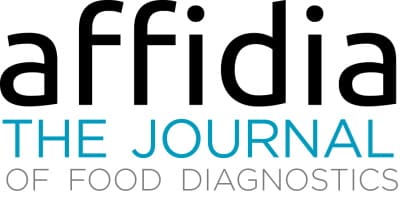Consumer beliefs about food safety often misaligned with facts, EFSA study finds
A recent research study initiated by the European Food Safety Authority (EFSA) and executed by the independent consultancy firm ICF has indicated that consumer perceptions about food safety frequently diverge from actual facts.
The study, which involved a systematic review of literature on the communication of food-related health risks and benefits, underlines the need for effective risk communication that addresses individual and cultural needs.
The comprehensive review encapsulated 48 scholarly articles from various disciplines including food science, psychology, sociology, public health, agronomy, economics, environmental science, and nutrition, published between 2018 and 2022. The focus was predominantly on the EU context, but the research also encompassed non-EU countries such as the UK, Albania, Kosovo, Serbia, Turkey, USA, Taiwan, Russia, South Korea, and China.
The study analyzed consumer beliefs and behaviors in six key areas:
1. Expectations related to food production, products, and ingredients.
2. Preferred sources of food-related information.
3. Reactions to risk and benefit information about foods.
4. Trade-offs made based on food risk and benefit information.
5. Trust in different actors involved in risk-benefit analyses.
6. The impact of controversies on risk and benefit perceptions.
The research underscored that consumer understanding of food safety can and should be enhanced. It also highlighted that consumer perceptions are influenced by a host of internal and external factors, including but not limited to certifications and labels.
Notably, the study found that consumers often view new production technologies with suspicion, favoring established methods. Additionally, chemical risks, such as those related to pesticides, are perceived as more severe or prevalent than natural risks like microbial contamination or mycotoxins.
The review also revealed that European consumers actively seek information on food safety, value staying informed, and prioritize food safety and traceability. However, the decision to purchase food is significantly influenced by individual values and beliefs.
The study emphasized that risk communicators must avoid mixed messages. Successful communication strategies should demonstrate empathy and respond to specific individual and cultural values to foster trust. For instance, while consumers appreciate traceable food, it does not necessarily influence consumption. Taste and price often play more significant roles in purchasing decisions. Therefore, the findings suggest that while consumers value food safety, it may not always factor into their ultimate decision-making.
The conclusion from the study is that there is a need for more effective and tailored communication strategies to bridge the gap between consumer perceptions and reality. This is crucial not only for informing consumer choices but also for building trust in the various actors involved in food safety and risk assessment processes.
Source:



















